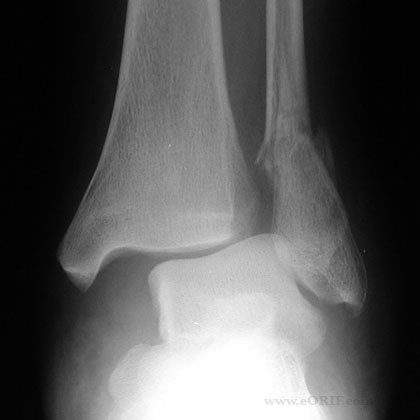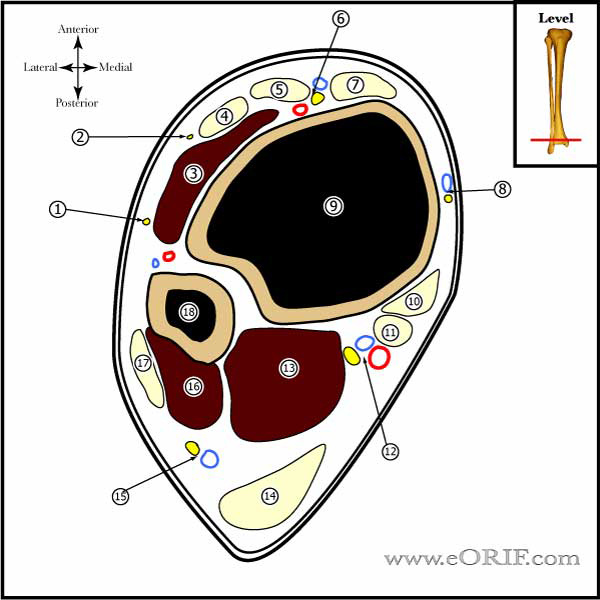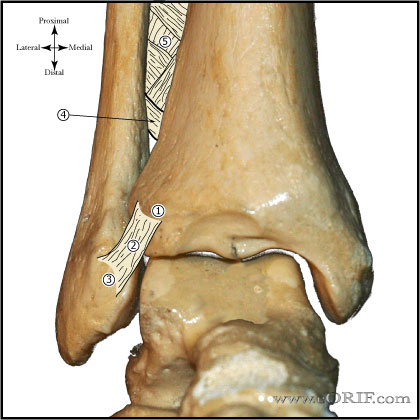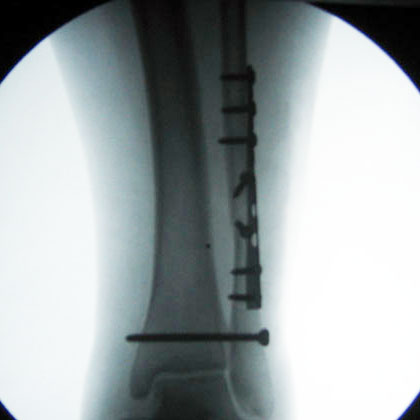|
synonyms:"high ankle sprain", ankle syndesmosis injury Syndesmosis Injury ICD-10
Syndesmosis Injury ICD-9
Syndesmosis Injury Etiology / Epidemiology / Natural History
Syndesmosis Injury Clinical Evaluation
Syndesmosis Injury Xray / Diagnositc Tests
Syndesmosis Injury Classification / Treatment
Syndesmosis Injury Associated Injuries / Differential Diagnosis
Syndesmosis Injury Complications
Syndesmosis Fixation Follow-up care
Syndesmosis Injury Review References
|






